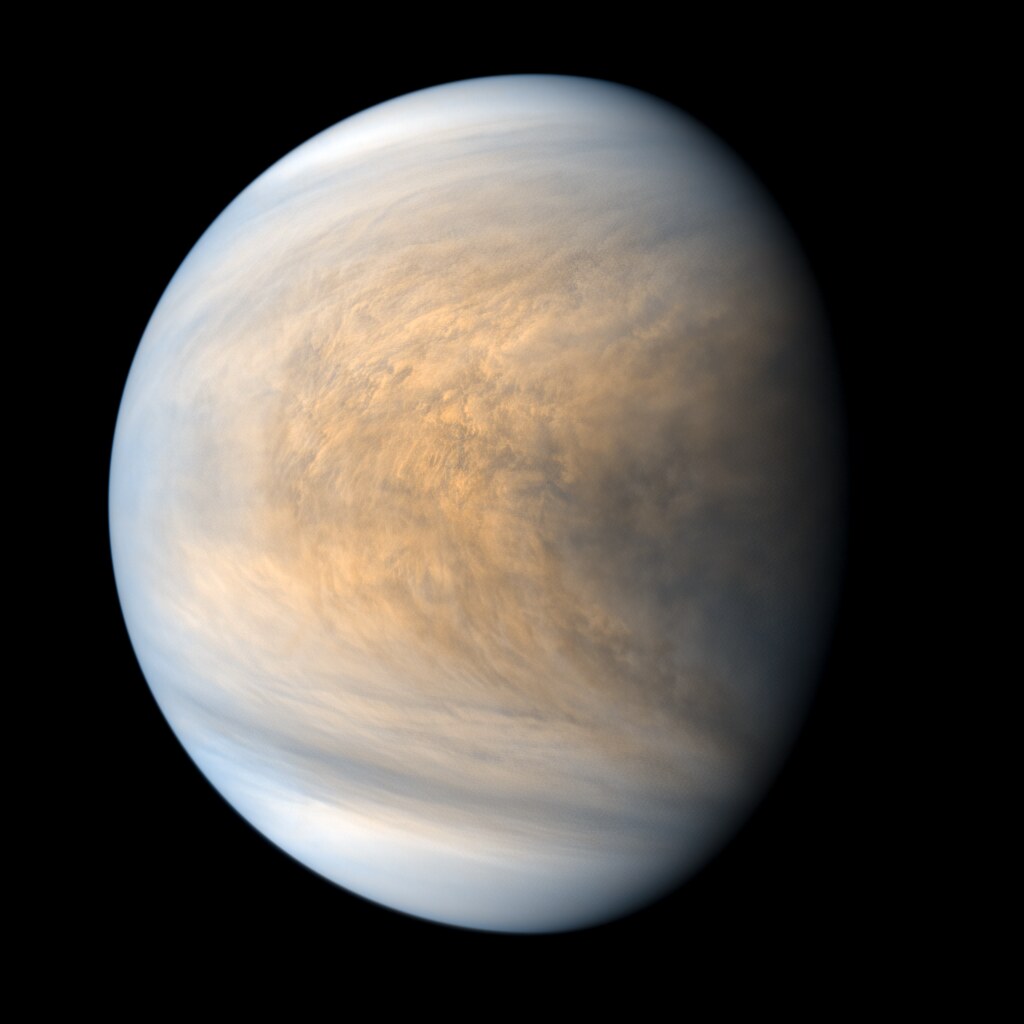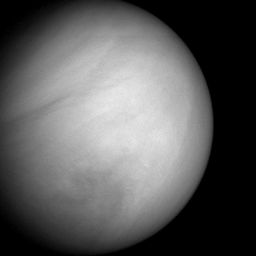
JAXA, the Japanese space agency, confirmed Wednesday that it has lost communication with its Akatsuki spacecraft in orbit around Venus.
In its update, the space agency said it failed to establish communications in late April after the spacecraft had difficulty maintaining its attitude. This likely means there is some sort of thruster issue on the spacecraft that is preventing it from being able to orient itself back toward Earth.
"Since then, we have implemented various measures to restore service, but communication has not yet been restored," the agency stated. "We are currently working on restoring communication." JAXA added that it will announce further actions, if any, as soon as they've been decided upon.
The potential loss of the Akatsuki spacecraft, a relatively small 320 kg probe with a mass a little larger than a consumer dishwasher, would be notable for a couple of reasons. First, it would mark the end of a plucky mission that overcame a significant failure a decade ago to enter orbit around Venus. Second, it would mean losing humanity's only spacecraft presently orbiting Venus.
A failure to orbit
The Akatsuki mission was launched aboard an H2-A rocket in 2010 and was Japan's first interplanetary mission in more than a decade after the country's failed Nozomi mission to Mars. After it reached orbit, however, the spacecraft's main engine failed to lower its orbit successfully. The engine burned for about three minutes instead of 12, leaving the spacecraft in an orbit around the Sun rather than Venus.
Over time, the Japanese mission planners developed a new option for entering orbit around the planet. The main engine did not work, so to reduce the spacecraft's mass, they tossed 65 kg of oxidizer overboard. With the craft's reduced mass, the operators planned to use Akatsuki's four hydrazine-powered attitude control thrusters to insert the vehicle into an elliptical orbit around Venus.
Ultimately, the plan worked. The spacecraft was placed into a 10-day orbit around the planet, with a closest approach of about 400 km. This allowed scientists to begin taking data in 2016 about the planet and its atmosphere. In 2018, the mission's lifetime was extended, and it has continued to collect data until this spring.
Only eyes on Venus
Akatsuki is presently the only operational spacecraft at Venus. There are two solar orbiters, one built by NASA and the other by the European Space Agency, that intermittently fly by Venus for gravitational assists, but they are not studying the planet in a meaningful way. Aside from this, we are blind to the happenings of the planet closest to Earth in our Solar System.
Half a dozen missions are under development, but none of them have a firm launch date later this decade.



3175x175(CURRENT).thumb.jpg.b05acc060982b36f5891ba728e6d953c.jpg)
Recommended Comments
There are no comments to display.
Join the conversation
You can post now and register later. If you have an account, sign in now to post with your account.
Note: Your post will require moderator approval before it will be visible.